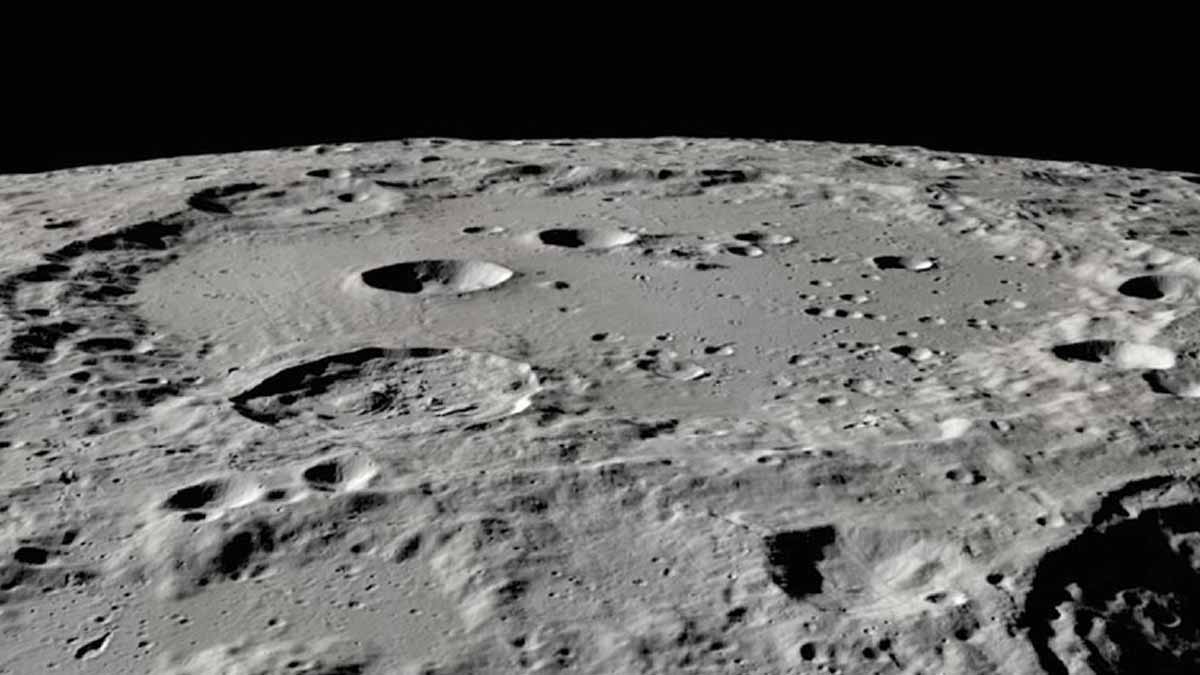A quiet shift is reshaping our picture of the Moon. Evidence now shows hydration is not restricted to polar shadows but spreads across diverse terrains. Instruments have traced water locked in minerals and hydroxyl formed by energetic particles, so the resource picture looks broader, richer, and more practical. That matters for crews because life support, fuel, and science all depend on dependable supplies. It also reframes site selection, since equatorial regions can join the shortlist without relying only on icy craters.
The big picture: what widespread lunar water really means
Hydration no longer appears as a rare polar prize. Mapping reveals signatures across highlands and plains, while the most stable ice still favors permanently shadowed regions. This wider pattern helps planners pair safety and daylight with resource access, and it reduces the pressure to cluster landings only around crater rims.
Scientists distinguish between water bound inside rocks and hydroxyl at the surface. Solar particles seed hydrogen, and oxygen within silicates completes the chemistry. Spectral fingerprints near three microns confirm the bonds, and because sunlight varies by latitude, concentrations shift with terrain, temperature, and time. Together, these clues outline a dynamic hydration cycle.
For exploration, distribution matters as much as volume. Local extraction simplifies logistics, so habitats don’t depend solely on polar convoys. Teams can heat rock and soil to release trapped molecules, then store them for drinking, plant growth, and propellant. With careful routing, crews gain flexibility, and mission risk drops because many sites can support routine operations.
How the Moon makes and stores its hydration
Across the Moon, solar wind protons strike oxygen in glassy grains and crystalline silicates. The reaction builds hydroxyl, which sticks to mineral surfaces. Thermal swings can loosen it, yet a portion remains, and fresh particles keep topping it up. Impacts and volcanism also stirred buried volatiles into the mix over geologic time.
Anorthosite-rich highlands appear especially promising because their chemistry and texture help retain hydration. Heat those rocks and you liberate useful molecules. That process takes energy, so engineers balance power budgets, duty cycles, and hardware mass. Even so, steady output over months can stockpile water and oxygen for life support and for tanks.
Hydroxyl behaves differently than ice, yet it still enables resource chains. Some of it splits into hydrogen and oxygen, and teams can recombine, store, or vent as needed. Because it spreads widely, crews can supplement polar ice with local releases. That hybrid model supports long stays while keeping transport lines lean and resilient.
What the M3 mapper saw, and why it matters
NASA’s Moon Mineralogy Mapper (M3) rode India’s Chandrayaan-1 and scanned reflected sunlight, separating wavelengths to find hydration signals. The instrument cataloged absorption features tied to bound water and hydroxyl, then compared them across terrains. It validated polar ice while highlighting lower-latitude patches that earlier surveys had missed or underestimated.
Crucially, M3 recorded these data in 2008–2009, when conditions spanned multiple lighting geometries. That variety helped confirm the signatures weren’t noise. Analysts then layered geology, elevation, and albedo to see patterns: highlands trending richer, maria showing pockets, and sunlit zones still carrying measurable traces once thought unlikely.
M3’s maps feed site selection, traverse design, and storage planning. With them, architects can put landing pads where thermal cycles are manageable, science targets are near, and resource units stay productive. Because the Moon presents many viable areas, crews can choose safer approaches, cut risk during ascent, and stage refueling with less detour.
Turning Moon resources into mission capability
Teams have two complementary paths: mine polar ice or heat rock and soil where you land. Polar ice offers higher yield per scoop, and its deep cold preserves deposits. However, hauling tanks away from craters needs roads, power, and traffic control, so schedules tighten whenever weathered slopes or shadowed hazards slow movement.
Elsewhere, resource units bake anorthosite and hydrated regolith. Heating frees water, which you condense, filter, and split with electrolysis. Oxygen supports cabins and suits, while hydrogen joins oxygen for propellant. Because the Moon reduces launch mass when you make supplies in place, even modest daily output can transform mission cadence and cost.
The real win appears when habitats combine both approaches. Early sorties might tap local rock for baseline water while scouting polar partnerships. Later, small depots link sites through resupply runs. With common fittings, quality checks, and shared power, crews build a stable network that sustains research, repairs, and routine cargo without constant Earth deliveries.
Advanced questions, limits, and what comes next
Hydration changes over a day, so scientists track how heat drives molecules into and out of grain surfaces. Concentrations may rise with morning angles and fall by afternoon, and roughness amplifies micro-climates. Understanding that rhythm helps crews time heating cycles, size tanks, and keep hardware running efficiently through long field seasons.
Instrument physics matters too. Spectra can mislead when grain size, dust coatings, or viewing angles distort signals. That’s why teams plan rovers with drills, scoops, and in-situ spectrometers to verify composition before committing power. Good calibration protects power budgets, keeps filters clean, and avoids chasing mirages that look promising only from orbit.
The broader story extends into geology. Volcanic episodes and impacts shuffled hydrated material across eras, then space weather kept modifying surfaces. International missions will refine maps, test pilot plants, and write standards for measuring yield. With shared data and modular gear, base camps can scale safely and keep scientists busy year-round.
Why this hydration breakthrough changes lunar plans for good
This wider resource map gives planners options, yet it also sets targets that demand patience and proof. Crews will still favor safe lighting, sturdy ground, and strong communications, but they can now weigh resource access more evenly across the Moon. Step by step, local water turns into oxygen, fuel, and time—the essentials for staying.
